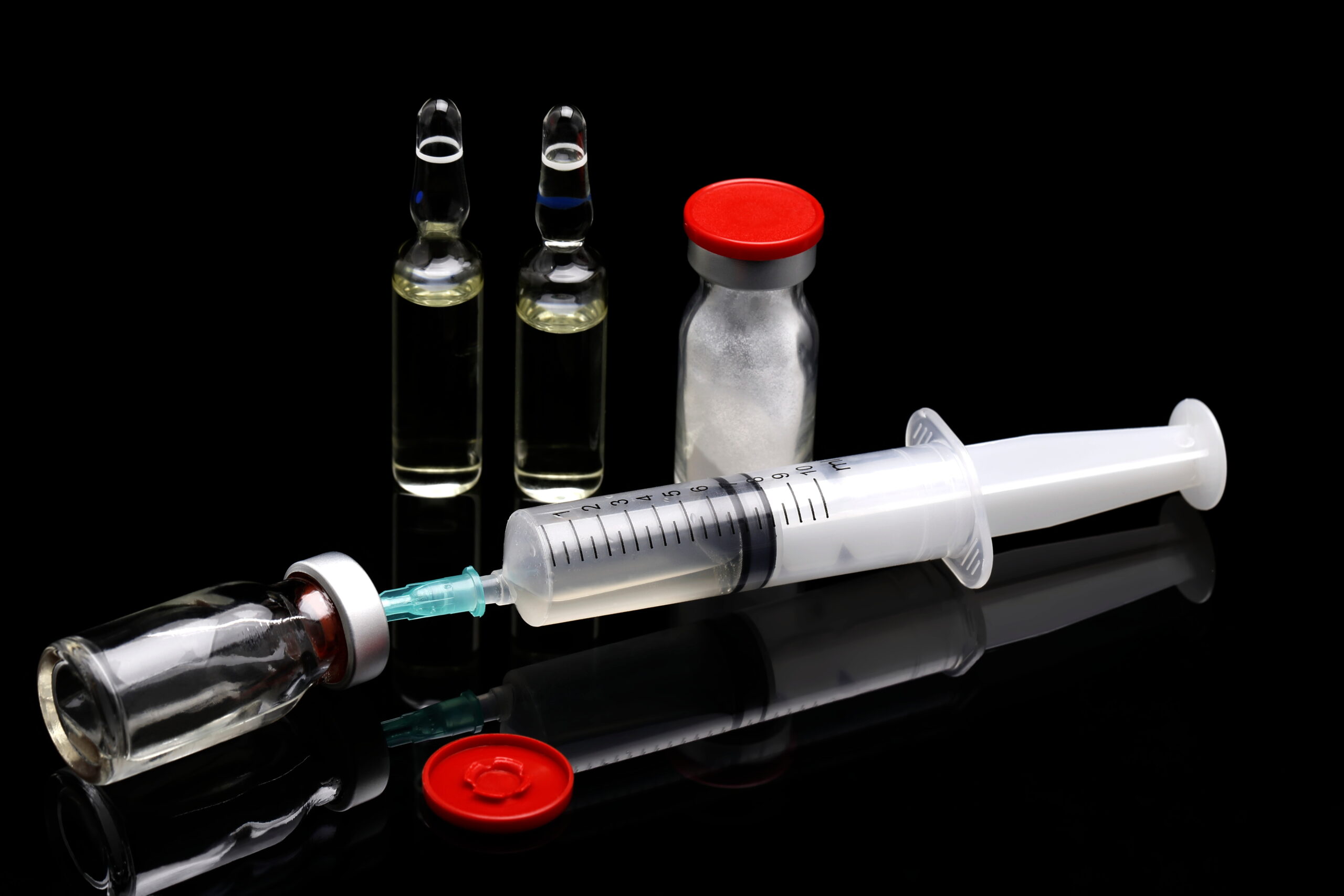
Shoulder pain is a common issue for manual labourers engaged in repetitive movements and heavy lifting. Corticosteroid injections, also known as cortisone injections, are often seen as an immediate solution for pain relief.
However, while they may provide short-term comfort, relying solely on cortisone injections can lead to long-term issues if the root cause of the shoulder pain isn’t addressed.

Benefits and drawbacks of cortisone injections
Cortisone injections can provide short-term relief by reducing inflammation, but they don’t address the root cause of the pain and may lead to long-term issues.
Research suggests that cortisone injections offer only temporary benefits and may not be effective in the long run. Additionally, repeated use of cortisone injections has been linked to potential side effects, such as weakening tendons and decreasing collagen production, which can lead to tendon degeneration over time.
These findings suggest that while cortisone shots can provide immediate relief, they could contribute to poorer long-term outcomes, particularly in physically demanding roles where shoulder stress is constant.
What causes work-related shoulder injuries?
Musculoskeletal disorders, particularly in the shoulder, are among the most common causes of missed workdays in physically demanding jobs. Some of the risk factors for shoulder injuries include:
- Repetitive overhead movements
- Heavy lifting and prolonged physical strain
Psychosocial factors, such as low job control, high levels of role conflict, and low safety-specific leadership, can also contribute to musculoskeletal injuries.
Addressing these underlying risk factors is critical for long-term prevention and recovery.

Preventing shoulder injuries
While cortisone injections may provide short-term relief, the best approach to managing and preventing shoulder injuries in manual labour involves comprehensive, long-term solutions tailored to workers’ physical demands.
- Onsite Treatment: Bringing health services directly into the workplace ensures that workers receive immediate care and can access injury prevention strategies. With a musculoskeletal provider on site, workers can get early treatment when they notice pain or discomfort and be educated on proper techniques for reducing strain and avoiding injury.
- Work Hardening Programs: A structured, six-week work hardening program can strengthen the muscles surrounding the shoulder and prepare employees for the physical demands of their roles. Strength and conditioning programs can reduce the risk of injury recurrence and improve workers’ overall physical resilience.
- Fit-for-Task Assessments: Regular physical capacity assessments help ensure workers can safely perform their job functions. These assessments evaluate strength, flexibility, and endurance, ensuring that employees are physically equipped for the tasks required, thus reducing the risk of strain-related injuries.
- Task-Specific Manual Handling Training: Tailored training based on workplace injury trends can help workers and supervisors identify risky behaviours and adopt safer techniques.
A holistic approach to treatment, which addresses the root causes of shoulder pain, is essential to ensure that workers return to full function without recurring injury.
Matt McClelland, Work Healthy Australia Queensland Operations Manager
When should corticosteroid injections be considered?
Corticosteroid injections may be beneficial for managing acute, severe shoulder pain, particularly in cases where immediate relief is needed to restore function. However, they should not be relied upon as standalone treatment. Instead, injections should be part of a broader treatment plan that includes ergonomic adjustments, strengthening exercises, and ongoing physical therapy.
Conclusion
While corticosteroid injections offer temporary relief from shoulder pain, they fail to address the underlying causes of injuries. Over reliance on injections can mask the root problem, leading to more serious long-term issues such as tendon degeneration and rupture.
Employers and workers should focus on proactive, long-term solutions, such as on-site treatment, pre-employment screenings, and work-hardening programs. By investing in injury prevention and rehabilitation strategies, companies can enhance workforce productivity and reduce the occurrence of chronic shoulder injuries, leading to healthier, more resilient workers.
Sign up to our monthly enewsletter
"*" indicates required fields
